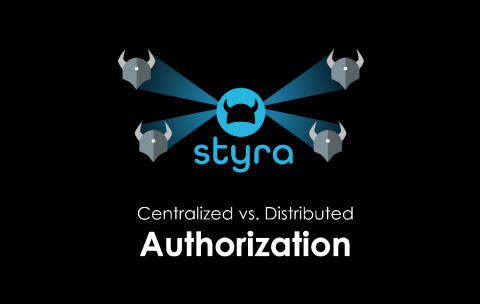What are Internal Control Weaknesses?
A control weakness is a failure in the implementation or effectiveness of internal controls. Malicious actors leverage internal control weakness to circumvent even the most robust security measures. The wide range of internal controls, the increased number of new technologies, and the rate at which malware evolves necessitate data security control monitoring. Regularly monitoring allows organizations to test the effectiveness of their internal controls and expose weaknesses in their implementation.









